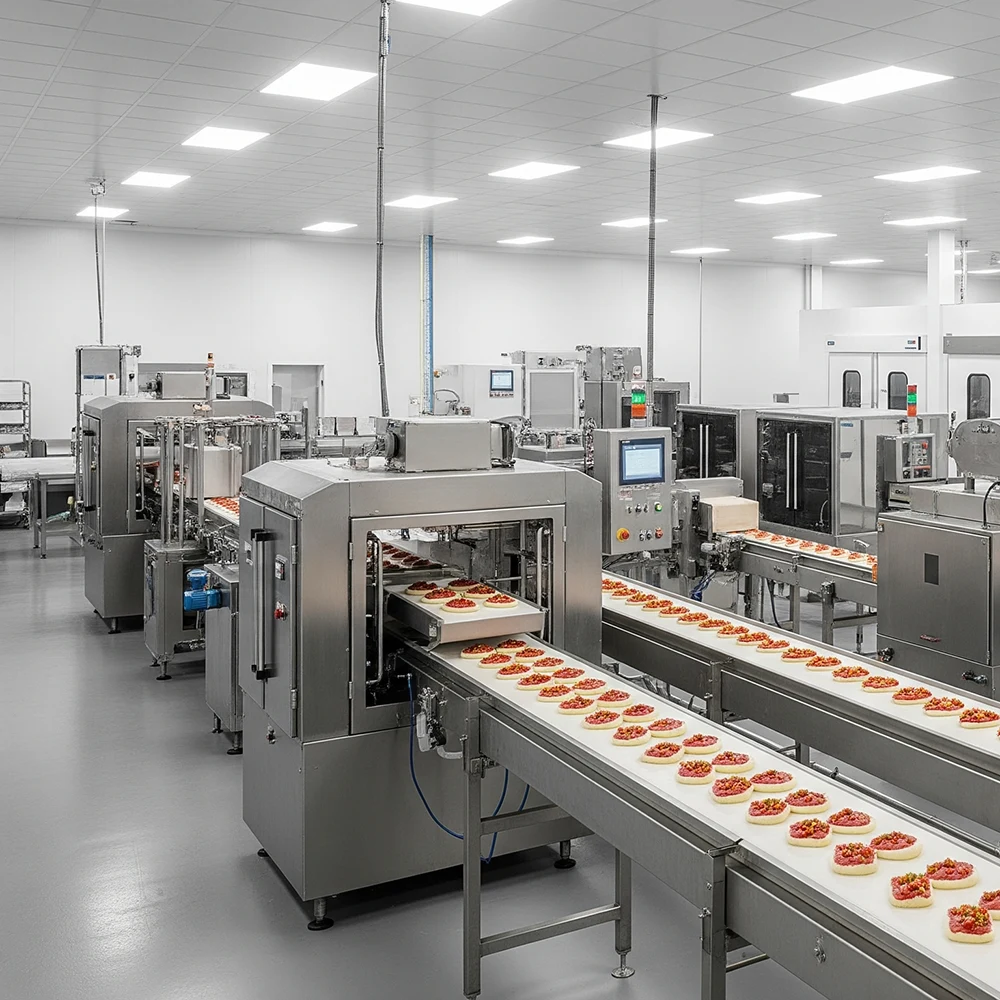Rubber, Silicone, and Rubber-to-Metal Molding
The molding process of rubber, silicone, and rubber-to-metal is an advanced technology that enables the production of high-performance components for various industrial applications. Thanks to the versatility of these materials, molding allows for the creation of complex parts with precise tolerances, ensuring resistance, elasticity, and durability.
Would you like more information or a quote?
Rubber Molding
The rubber molding process involves shaping the material by applying heat and pressure within a mold. The rubber, in the form of an elastomeric compound, is placed into the mold and undergoes vulcanization. This process gives the material its essential properties of elasticity, heat resistance, wear resistance, and chemical resistance. Rubber molding is commonly used to produce gaskets, plugs, mounts, belts, and various other industrial components.
Silicone Molding
Silicone is an elastomer highly resistant to high temperatures, chemicals, and harsh environmental conditions. The silicone molding process can be carried out through compression or injection molding, depending on specific production requirements. Thanks to its flexibility and biocompatibility, silicone is widely used in sectors such as medical, food, and electronics industries. It is ideal for manufacturing gaskets, tubes, caps, and other components that require exceptional thermal and chemical resistance.
Rubber-to-Metal Molding
Rubber-to-metal composite is a hybrid material that combines the elastic properties of rubber with the strength and rigidity of metal. The rubber-to-metal molding process involves integrating metal inserts within rubber components, resulting in a final product that merges the mechanical strength of metal with the flexibility of rubber. This type of molding is especially useful for applications requiring structural resistance along with the ability to absorb vibrations and impacts. It is commonly used in the automotive and aerospace industries, as well as in acoustic insulation systems.
Advantages of the Molding Process
Dimensional Accuracy
Molds are designed to achieve tight tolerances, enabling the production of high-quality components.
Flexibility
It is possible to mold a wide range of shapes and sizes, from small gaskets to complex, large components.
Durability
The materials used, such as rubber and silicone, offer high resistance to external agents, thereby increasing the durability of the final product.
Customization
Compounds and material types can be tailored to meet the specific requirements of the application, such as temperature resistance, hardness, and chemical properties.
Applications
Rubber, silicone, and rubber-to-metal molding are used in a wide variety of industries, including:
Ask
Special Rubber
Special Rubber can support customers throughout the R&D phases for products and materials, project development, consulting, product design, and co-design. We offer a wide range of certified or certifiable compounds and materials for the relevant sector, thanks to partnerships with qualified suppliers. We also assist customers in all stages of certification and approval of the finished product with laboratories and third-party organizations.
In summary, the rubber, silicone, and rubber-to-metal molding process represents a versatile and highly efficient solution for producing durable and functional components that meet the demands of a wide range of industrial sectors. Special Rubber supports customers throughout all phases of R&D on products and materials, project development, consulting, design, and co-design. We offer a broad selection of certified or certifiable compounds and materials tailored to the target industry, thanks to our partnerships with qualified suppliers. Additionally, we assist customers in all stages of certification and approval of the finished product through third-party laboratories and agencies.








